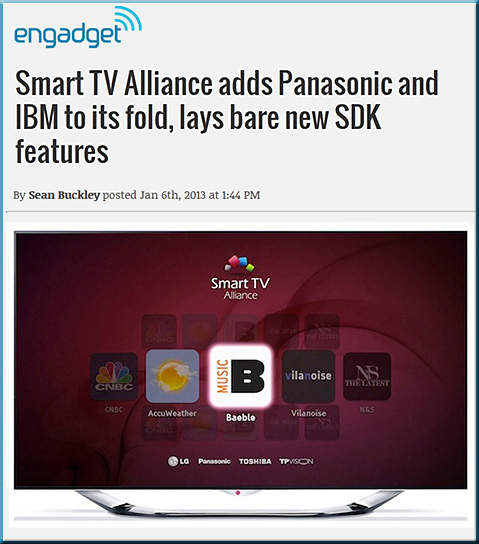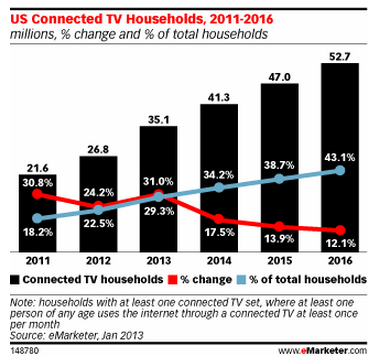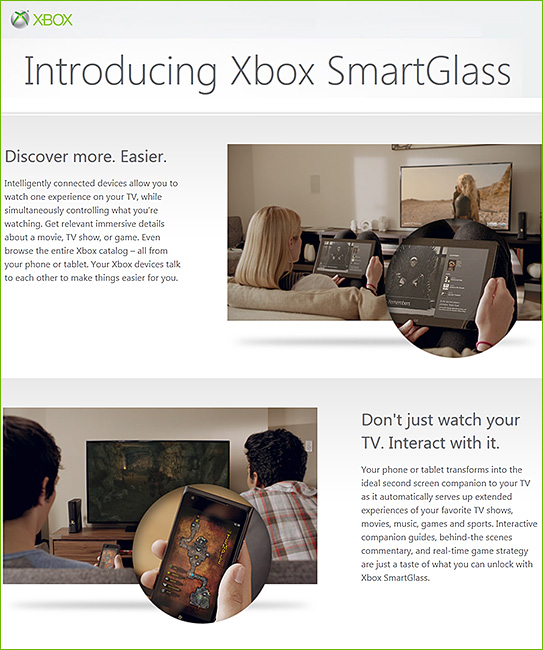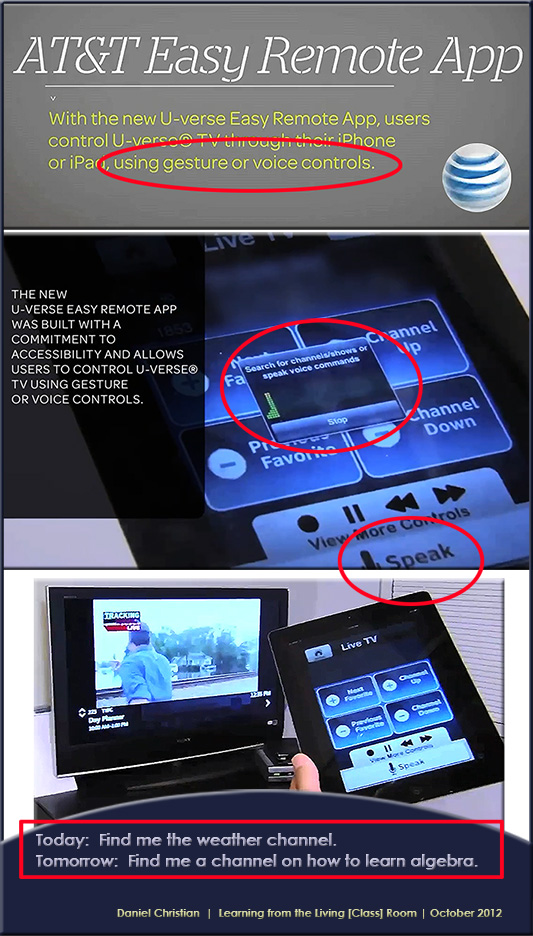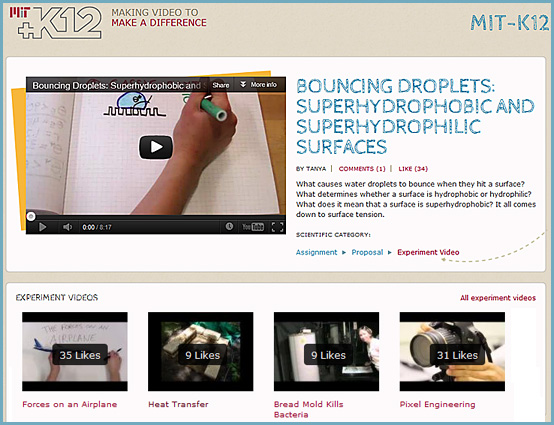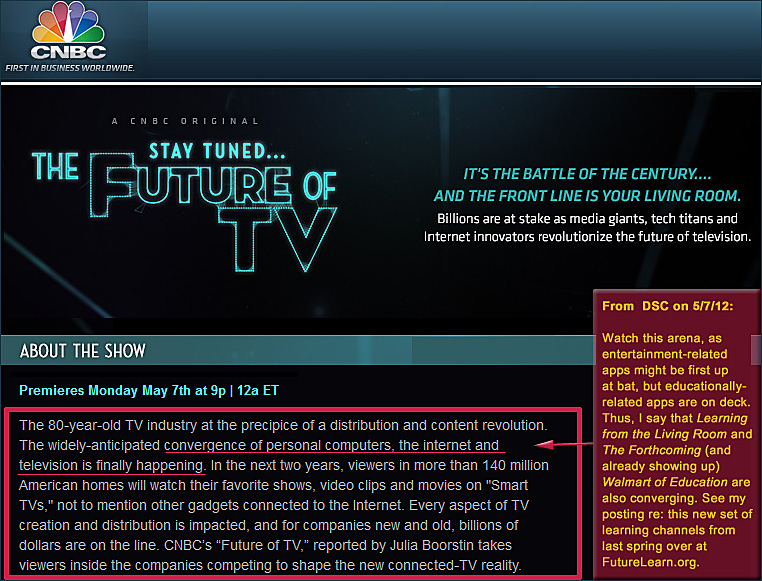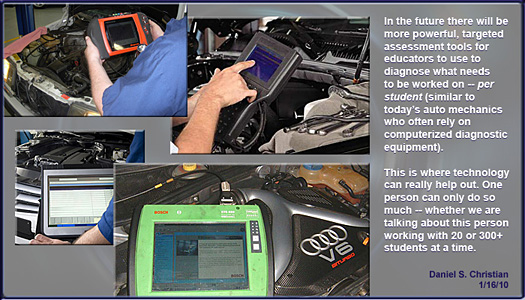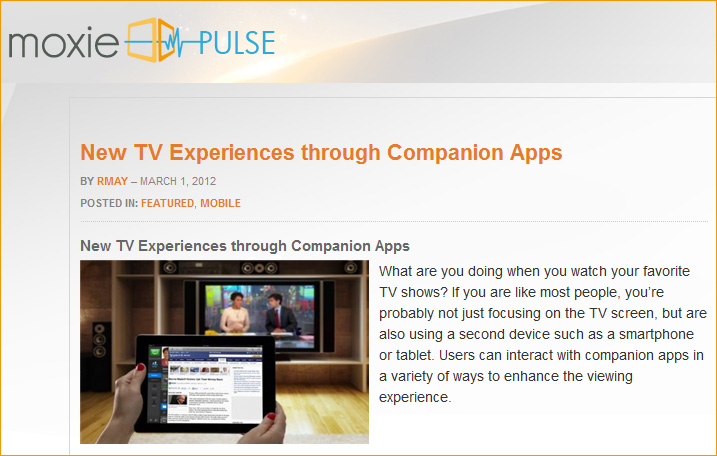Beyond Smart TV: ‘Surfaces’ prototype reveals the television of tomorrow — from wired.com by Christina Bonnington
Excerpt:
“In a few years’ time, you’ll be able to buy a TV that covers an entire wall, acting like wallpaper,” NDS chief marketing officer Nigel Smith told Wired. In this way, the TV could take the form of a gigantic canvas, providing layers of additional information, as well as different levels of immersion.
Because wall-sized TVs are hard to come by, NDS created a $30,000 setup comprised of six LCDs arranged in a rectangular array. The onscreen system is coded in HTML5 and runs on Chrome. A second screen experience, also coded in HTML5, provides remote control functionality in the browser of an iPad.
Xbox 360 hailed as a game-changer for Connected TV — from v-net.tv by John Moulding
Excerpt:
The Xbox 360 will be a game-changing device in the Connected TV market now that Microsoft has decided to transform it from a games console into a general entertainment hub. That is the view of Christian Bombrun, Deputy General Manager, Web, at M6, the French broadcaster that last December became the first free French channel to be available via a games console. “The difference between the Xbox and connected TVs is that this device is very well connected. Most people that buy a connected TV do not even know they are getting one and they do not plug it into the Internet,” he argues. “Xbox 360 users have already connected the device to enhance the gaming experience.”

The evolving definition of television — from readwriteweb.com by John Paul Titlow
Excerpt:
What will be interesting to watch is what evolves around that big screen – everything from the little screens and the apps they contain to the way that real-time communication and other data from the Web are integrated into the experience.
.

Keynote: Changing the user-experience: How will we watch TV in the future? –– keynote by Stefan Jenzowsky, Head of Multimedia, Siemens CMT — at the Connected TV Summit 2012
Ikea’s Uppleva TV will be a smart TV, have video streaming apps — from SlashGear.com by Mark Raby
.

.
When Smart TV gets smart — from uievolution.com by Pete Schwab, Senior Director, at UIEvolution.
Two-thirds of Americans watch at least one online video per day — from VideoMind.com by Greg Franzese
PANEL: Next steps for Connected TV –– from net.tv
Addendums on 5/17/12:
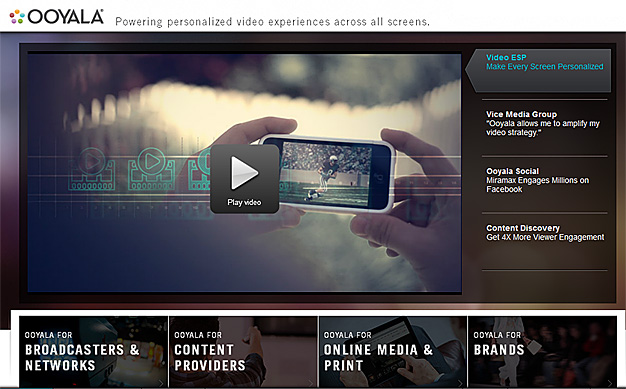
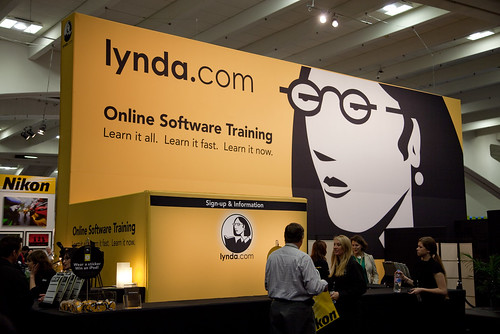









![The Living [Class] Room -- by Daniel Christian -- July 2012 -- a second device used in conjunction with a Smart/Connected TV](http://danielschristian.com/learning-ecosystems/wp-content/uploads/2012/07/The-Living-Class-Room-Daniel-S-Christian-July-2012.jpg)
